National monuments preserve some of America’s most spectacular landscapes and cultural treasures, often with fewer crowds than their national park counterparts. These protected spaces combine natural beauty, historical significance, and archaeological wonders to make them perfect destinations for memorable road trips.
Here is a list of 20 national monuments across the United States that deserve a dedicated journey. These places offer experiences that will stay with you long after you return home.
Bears Ears, Utah
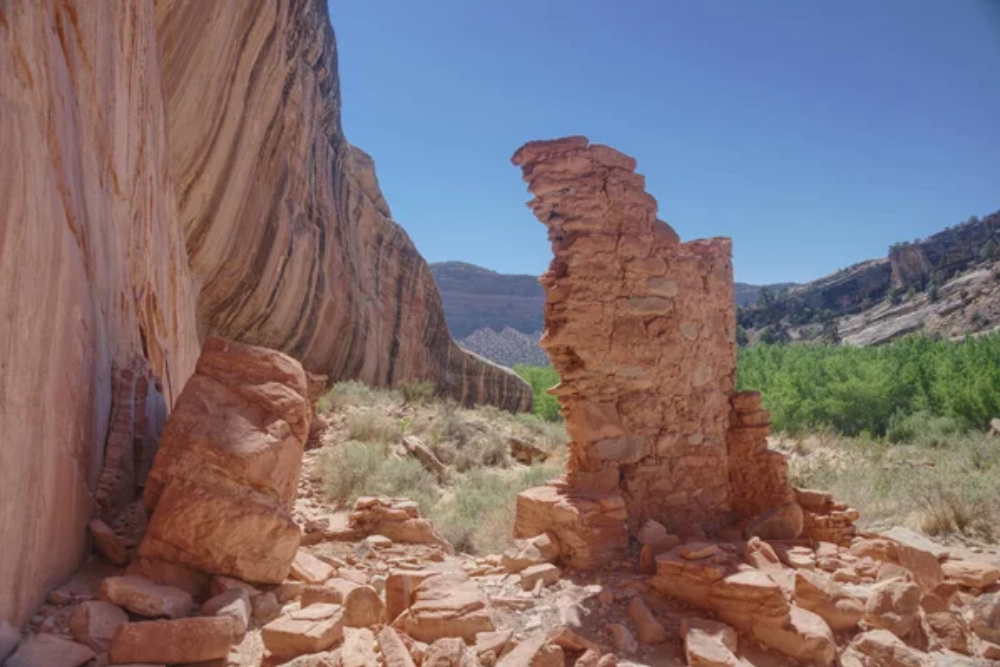
Bears Ears National Monument protects 1.36 million acres of red rock canyons, pine-covered plateaus, and ancient Indigenous sites. The twin buttes that give the monument its name rise dramatically from the Colorado Plateau, serving as landmarks visible for miles across the terrain.
Visitors can explore thousands of archaeological sites, including cliff dwellings, petroglyphs, and pictographs dating back over 13,000 years.
Bandelier, New Mexico
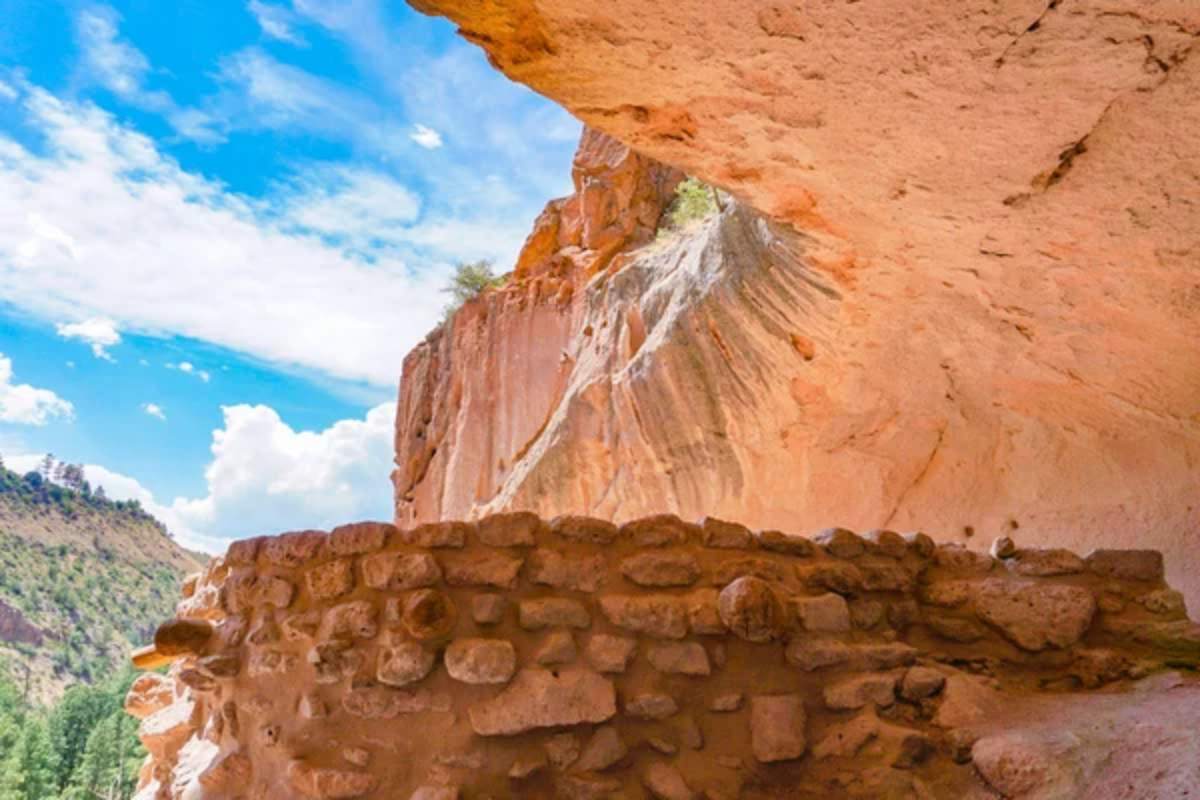
Tucked into the mesas and canyons of northern New Mexico, Bandelier National Monument showcases the remarkable adaptability of the Ancestral Pueblo people. The monument features dwellings carved directly into the soft volcanic tuff, with some structures rising over 140 feet from the canyon floor.
Visitors can climb ladders to explore these ancient homes and wander among piñon-juniper woodlands that have remained largely unchanged for centuries.
Like Travel Pug’s content? Follow us on MSN.
Craters of the Moon, Idaho
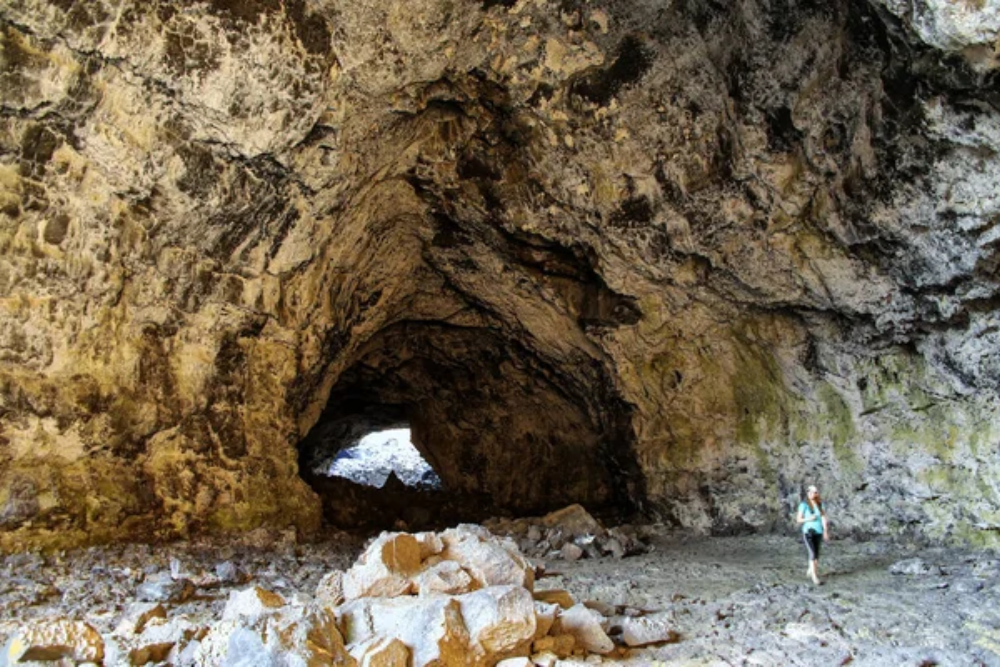
This otherworldly landscape in Idaho’s Snake River Plain lives up to its name with its bizarre, volcanic terrain that early explorers compared to the lunar surface. Covering nearly 750,000 acres, the monument features cinder cones, lava tubes, and vast fields of jagged lava rock formed between 15,000 and 2,000 years ago.
The contrasting colors of black basalt and vibrant wildflowers create an unexpected visual feast during spring and early summer.
Castillo de San Marcos, Florida
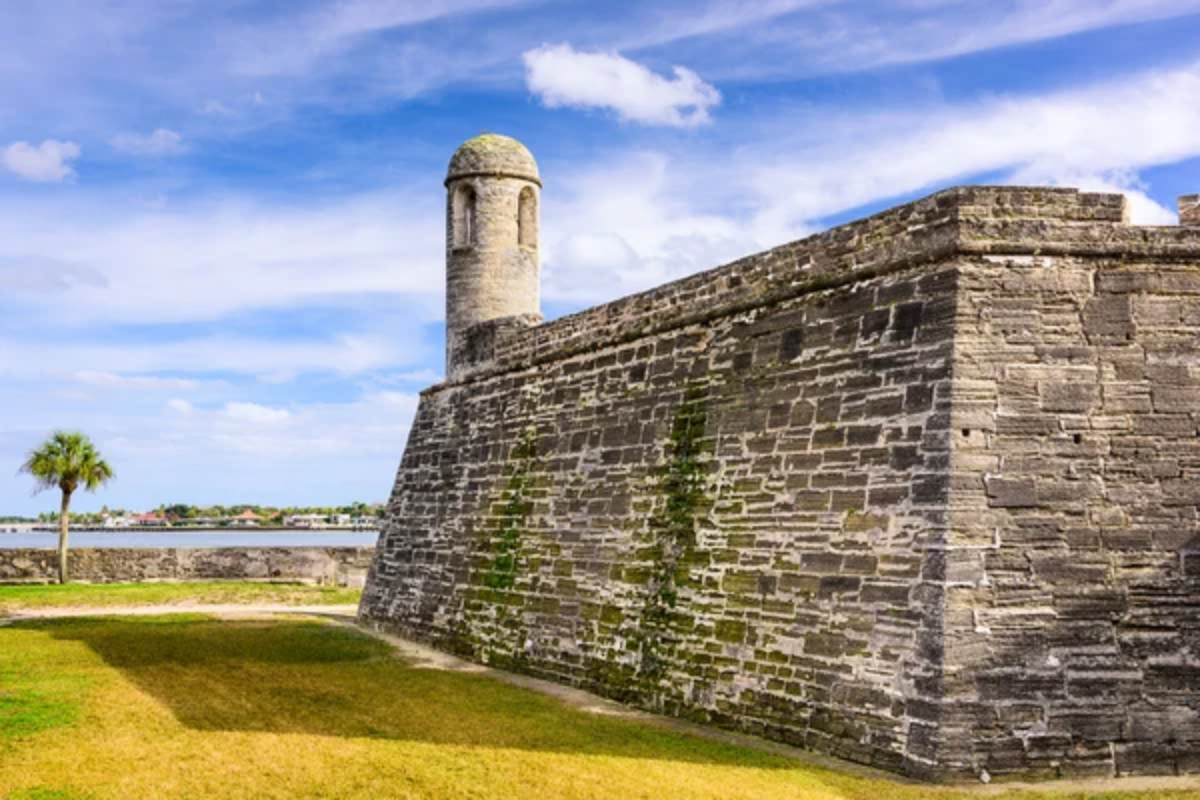
Standing guard over St. Augustine’s harbor since the 1600s, this imposing Spanish fortress represents the oldest masonry fort in the continental United States. Built from coquina, a unique limestone composed of compressed seashells, the fort’s walls absorbed enemy cannonballs rather than cracking under impact.
Its star-shaped design and corner bastions illustrate European military engineering at its finest, while offering stunning views of Florida’s historic coastline.
Colorado National Monument, Colorado
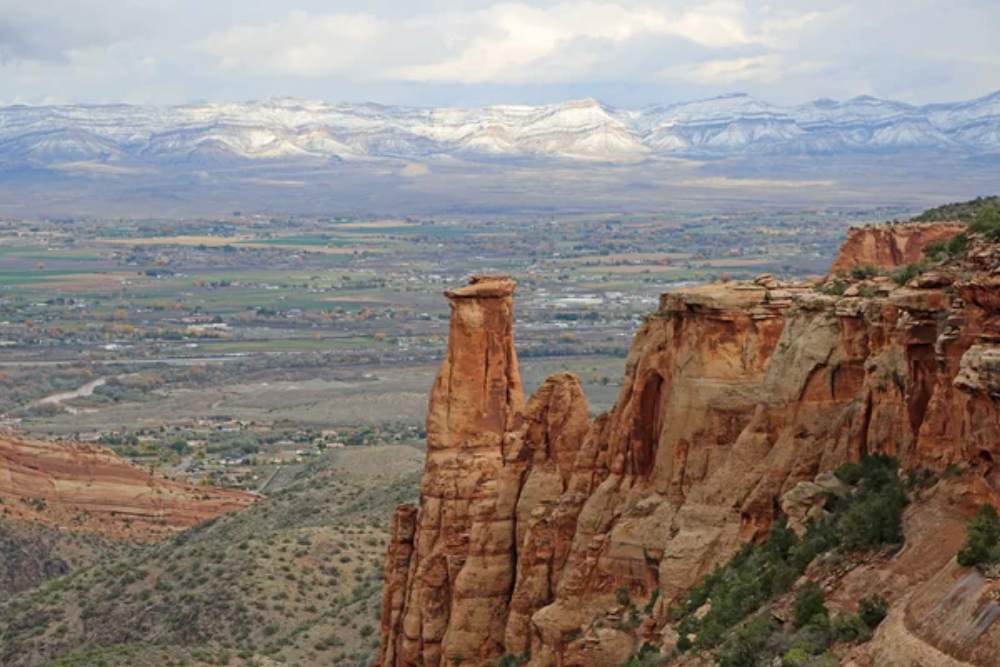
Rising dramatically above the Grand Valley, this monument showcases towering sandstone monoliths and deep red rock canyons carved over millennia. Rim Rock Drive offers 23 miles of heart-stopping views across Monument Canyon, with numerous pullouts for admiring formation names like Independence Monument and Kissing Couple.
Hikers can explore desert ecosystems where bighorn sheep navigate seemingly impossible terrain with elegant precision.
Like Travel Pug’s content? Follow us on MSN.
Chiricahua, Arizona
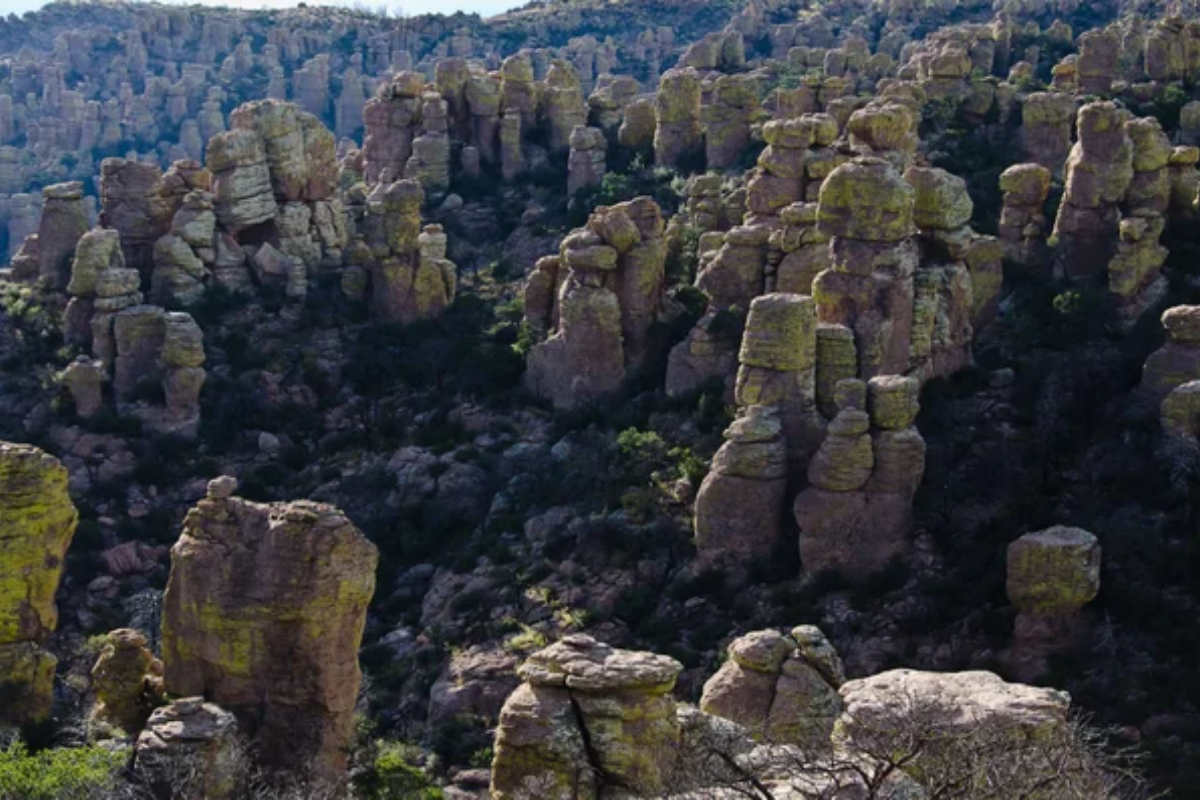
Often called the “Wonderland of Rocks”, Chiricahua National Monument preserves a forest of extraordinary rock pinnacles in southeast Arizona. These balanced rocks and spires were formed when volcanic ash from an ancient eruption compressed, fractured, and eroded into fantastical shapes rising hundreds of feet tall.
The eight-mile scenic drive and 17 miles of hiking trails offer close encounters with formations bearing descriptive names like Mushroom Rock and Duck on a Rock.
Devils Tower, Wyoming

This geological marvel rises 1,267 feet above the surrounding grasslands and ponderosa pine forests of northeastern Wyoming. The tower’s distinctive columnar formation resulted from magma that cooled underground and was later exposed through erosion of the surrounding softer rock.
Sacred to many Northern Plains tribes as “Bear Lodge”, the monument combines spiritual significance with world-class rock climbing opportunities and stunning stargazing beneath some of America’s darkest night skies.
Dinosaur, Colorado/Utah
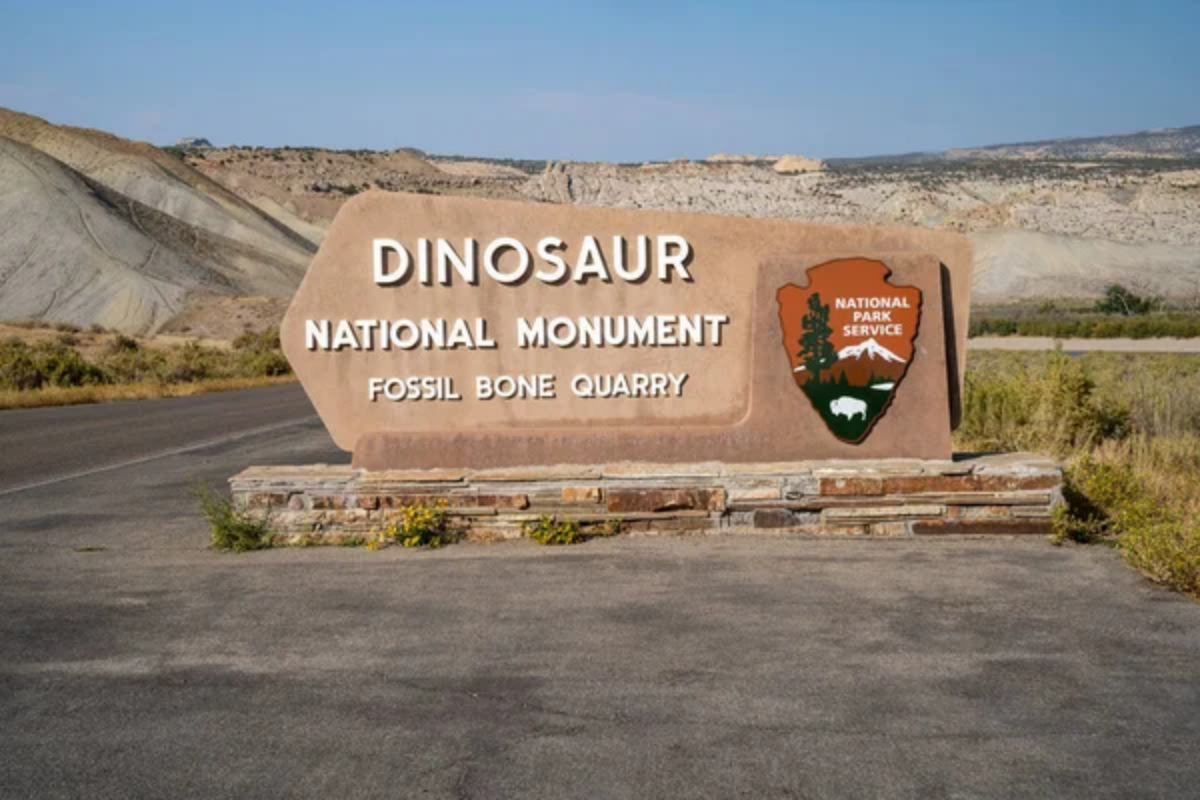
Straddling the Colorado-Utah border, this monument preserves one of the richest concentrations of dinosaur fossils ever discovered. The main quarry building displays over 1,500 dinosaur bones still embedded in the rock where they were found, creating a mesmerizing wall of prehistoric creatures frozen in time.
Beyond paleontological treasures, the monument protects dramatic river canyons where visitors can raft through landscapes that have remained largely unchanged since dinosaurs roamed these valleys.
Like Travel Pug’s content? Follow us on MSN.
Fort McHenry, Maryland
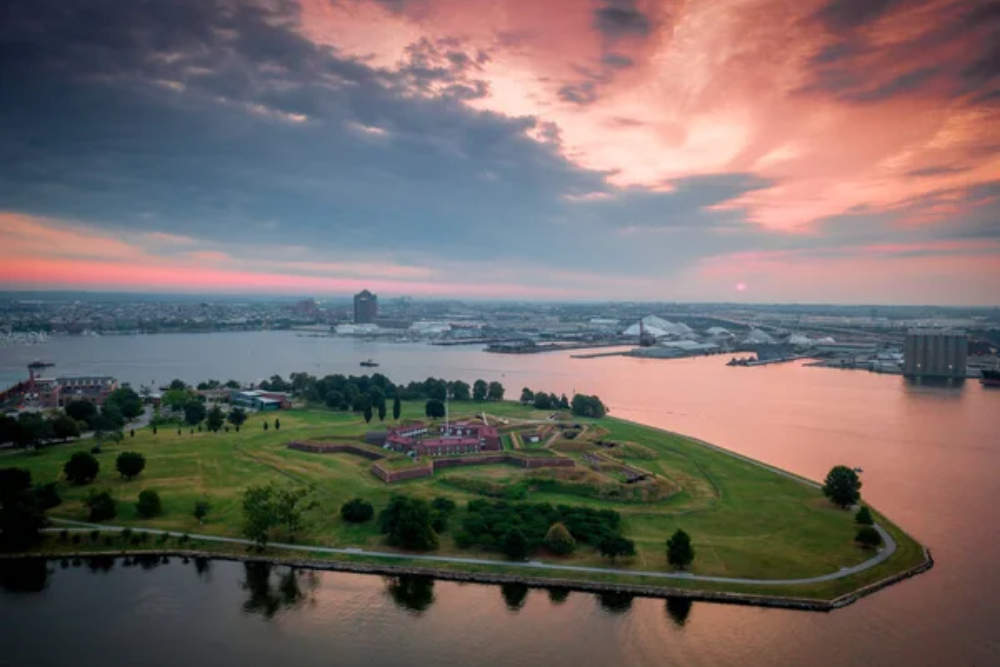
The successful defense of this star-shaped fort during the War of 1812 inspired Francis Scott Key to write ‘The Star-Spangled Banner.’ Located in Baltimore’s harbor, the fort now preserves the battle story that helped define American national identity.
Daily flag ceremonies and living history demonstrations transport visitors back to the dramatic bombardment when “the rockets’ red glare” illuminated the massive garrison flag that continues to inspire Americans today.
Giant Sequoia, California
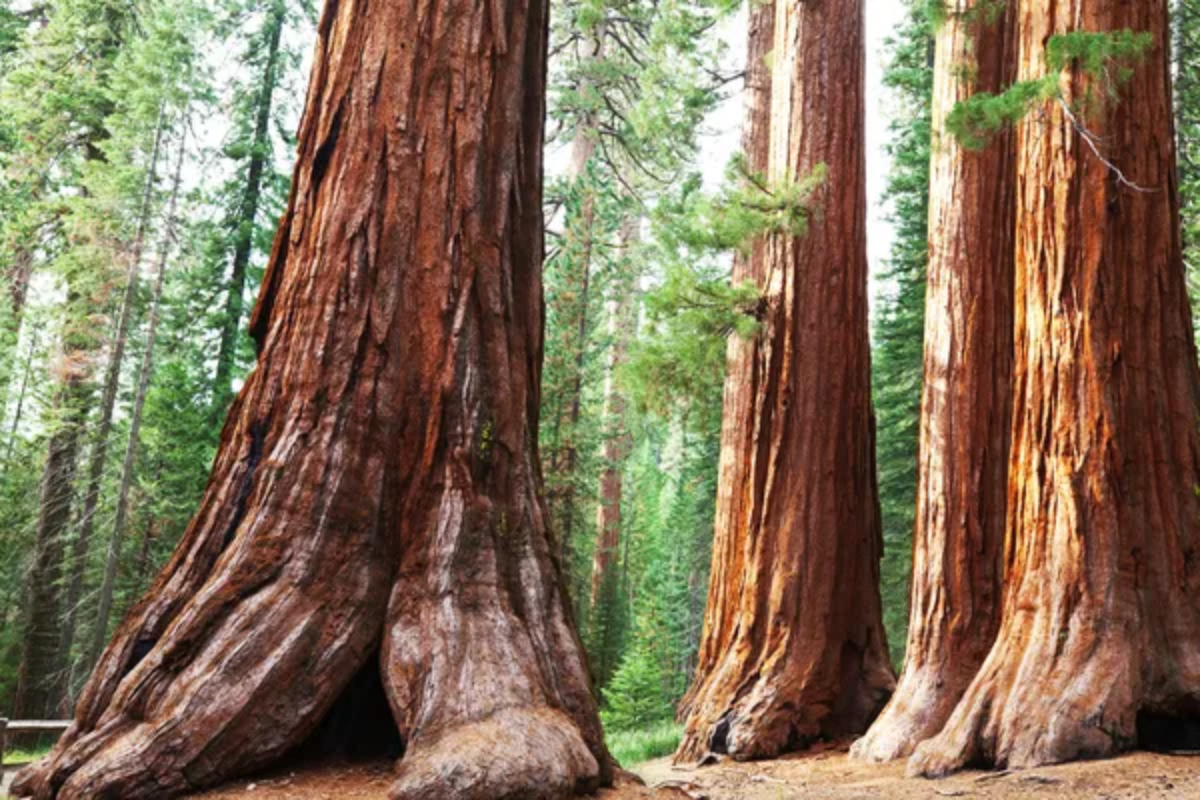
Home to some of the largest living organisms on Earth, this monument protects 33 groves of ancient sequoias across the Sierra Nevada mountains. Some of these majestic trees have been growing for over 3,000 years, reaching 250 feet with base diameters wider than many city streets.
Walking among these silent giants offers a humbling perspective shift as visitors crane their necks to glimpse the uppermost branches disappearing into the forest canopy.
Grand Staircase-Escalante, Utah

This vast monument encompasses nearly one million acres of canyons, mesas, and colorful sandstone formations in southern Utah. The ‘staircase’ refers to progressively higher cliffs that step up through geological time from the Grand Canyon to Bryce Canyon.
Remote and largely undeveloped, the monument offers adventurous travelers pristine wilderness experiences, remarkably preserved dinosaur fossils, and rock art panels created by ancient Indigenous peoples.
Like Travel Pug’s content? Follow us on MSN.
Jewel Cave, South Dakota

Beneath the ponderosa pine forests of the Black Hills lies one of the longest cave systems in the world, with more than 208 mapped miles of passages. Crystal-encrusted walls give the cave its name, featuring formations that sparkle like diamonds when illuminated.
Guided tours take visitors through chambers adorned with delicate formations, including flowstone, draperies, and the unusual hydromagnesite balloons found in few other places on Earth.
Lava Beds, California
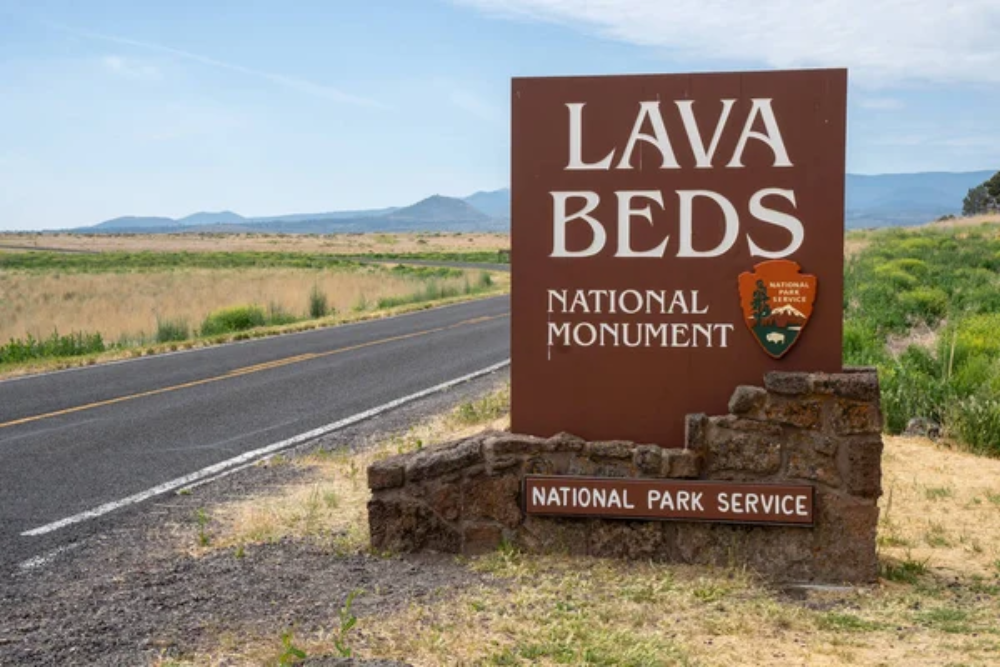
This rugged landscape in northern California contains America’s largest lava tube caves, with more than 800 documented subterranean passages. Formed when the outer crust of flowing lava cooled while molten rock continued flowing beneath, these caves now offer natural air conditioning for summer explorers.
The monument also preserves important Native American cultural sites, including the largest concentration of Indigenous rock art in the United States.
Montezuma Castle, Arizona
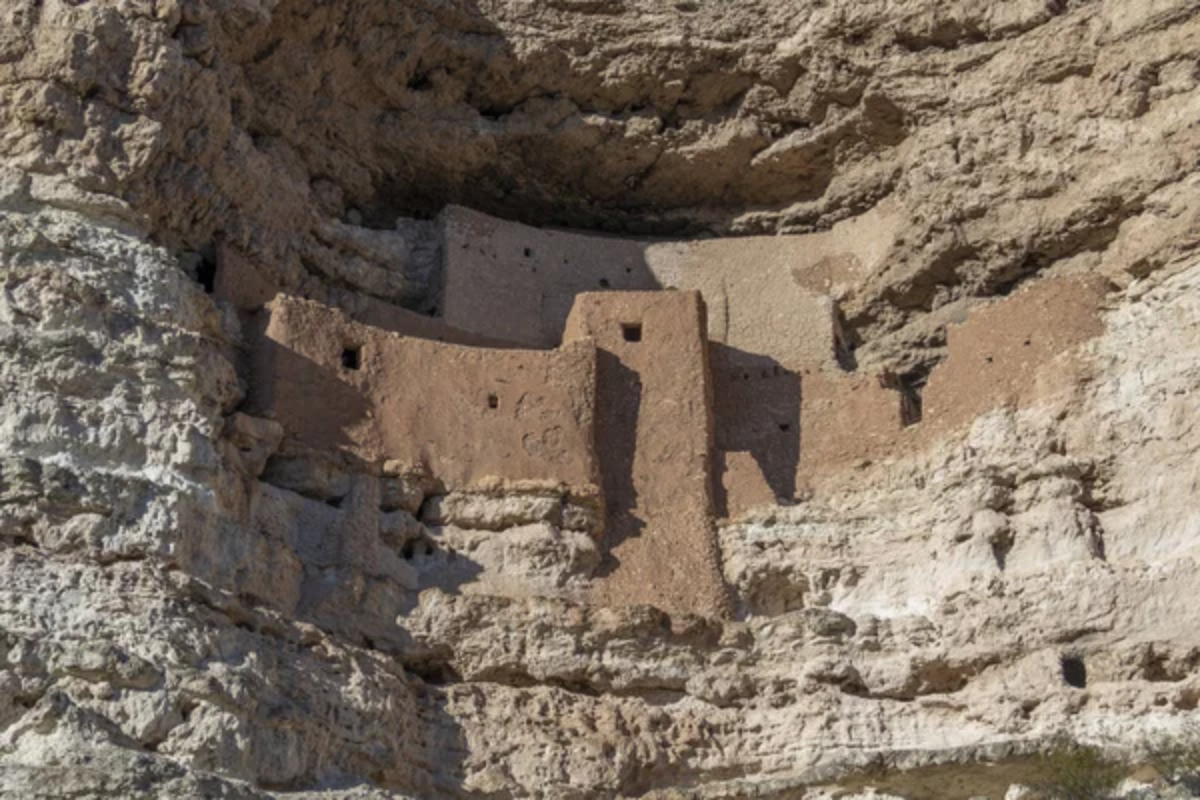
This remarkably preserved 20-room dwelling defies gravity by rising five stories into a limestone cliff recess. Built by the Sinagua people around 1100 CE, the ‘castle’ has no connection to the Aztec emperor Montezuma but was misnamed by early European settlers.
The ingenuity of its construction has protected it from the elements for nearly 1,000 years, offering visitors a glimpse into sophisticated prehistoric engineering and architectural achievement.
Like Travel Pug’s content? Follow us on MSN.
Muir Woods, California

Just across the Golden Gate Bridge from San Francisco stands this cathedral-like grove of ancient coast redwoods, some towering more than 250 feet overhead. The cool, misty atmosphere of coastal fog sustains these giants, with some trees dating back 800 years.
Walking the monument’s shaded paths offers a remarkably accessible wilderness experience, where the hushed atmosphere naturally inspires visitors to speak in whispers beneath the towering canopy.
Organ Pipe Cactus, Arizona
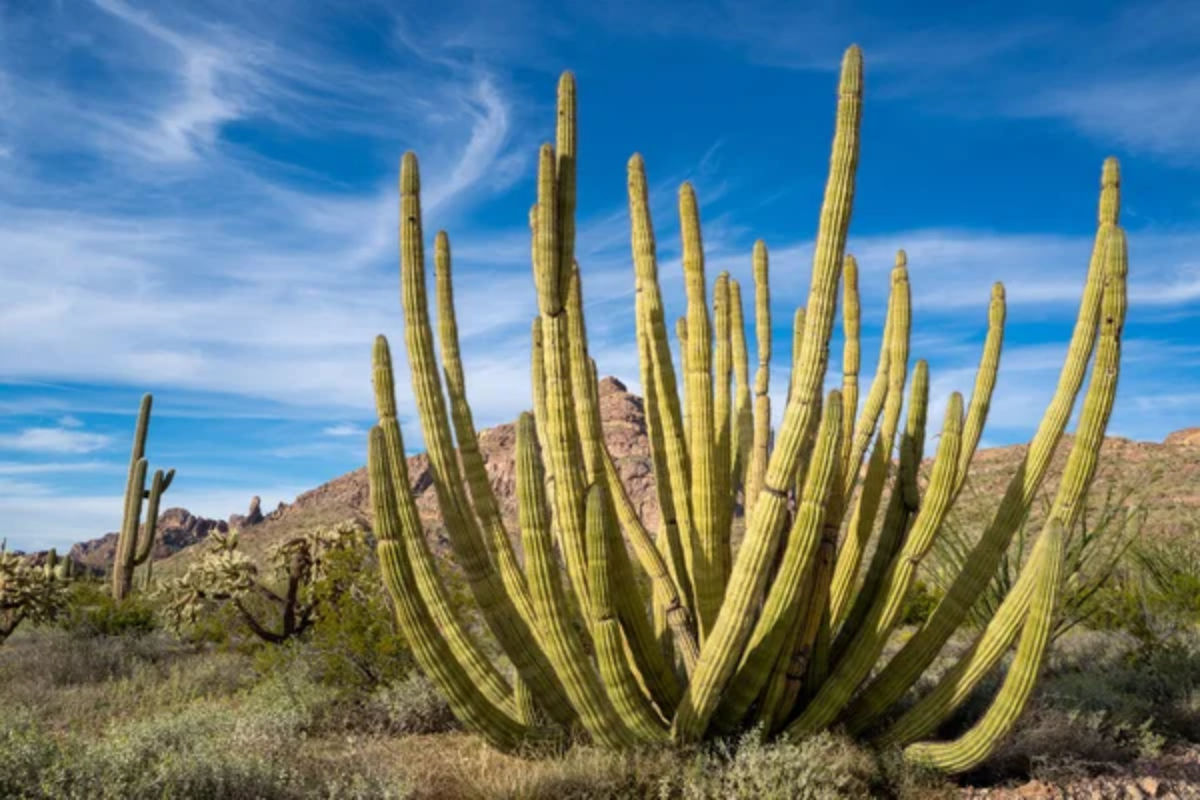
This desert wilderness preserves the only place in the United States where the organ pipe cactus grows wild. Located along the Mexican border, the monument showcases an exceptional collection of Sonoran Desert plants, including its namesake cactus and distinctive cluster of stems resembling organ pipes.
The dramatic interplay of light across the desert landscape makes sunrise and sunset particularly magical when photographing these iconic desert sentinels.
Petroglyph, New Mexico

Just outside Albuquerque, this monument protects one of North America’s largest collections of prehistoric rock carvings. Over 24,000 images were pecked into the dark desert varnish of volcanic boulders by ancestral Pueblo peoples and early Spanish settlers.
Symbols including spirals, geometric patterns, animals, and human figures cover the volcanic escarpment, offering fascinating insights into centuries of cultural practices and spiritual beliefs in the region.
Like Travel Pug’s content? Follow us on MSN.
Pinnacles, California
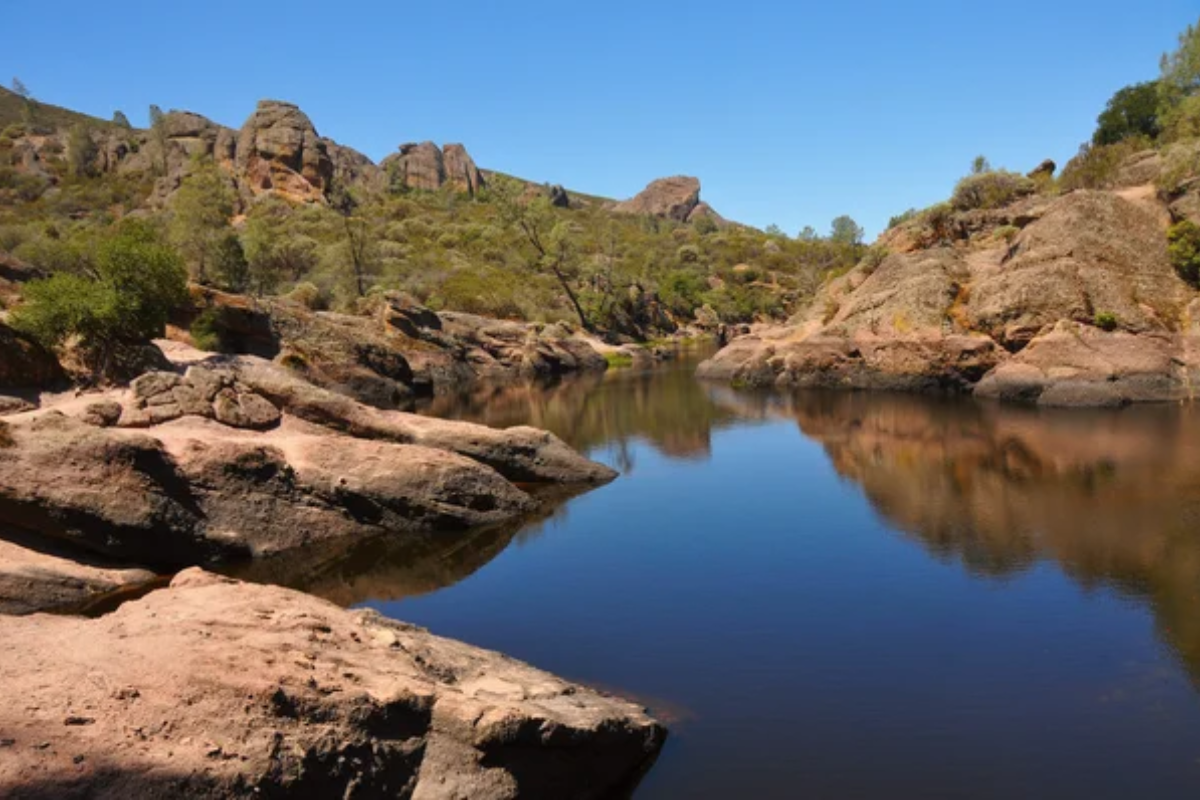
Formed when an ancient volcano split apart and moved nearly 200 miles along the San Andreas Fault, Pinnacles features dramatic spires and rock formations unlike anywhere else. The monument’s talus caves, formed by massive boulders wedged in narrow canyons, provide habitat for 13 species of bats and a challenge for adventurous hikers.
The monument also serves as a release site for endangered California condors, offering rare opportunities to spot these massive birds soaring on thermal updrafts.
White Sands, New Mexico

This monument preserves the world’s largest gypsum dune field, creating a surreal landscape of undulating white sand stretching 275 square miles of the Tularosa Basin. Unlike typical sand, these gypsum crystals remain cool to the touch even in scorching summer temperatures, inviting barefoot exploration of the ever-shifting dunes.
The stark white landscape against blue skies creates otherworldly photo opportunities, especially during golden hour when shadows accentuate the dunes’ graceful curves.
Wupatki, Arizona
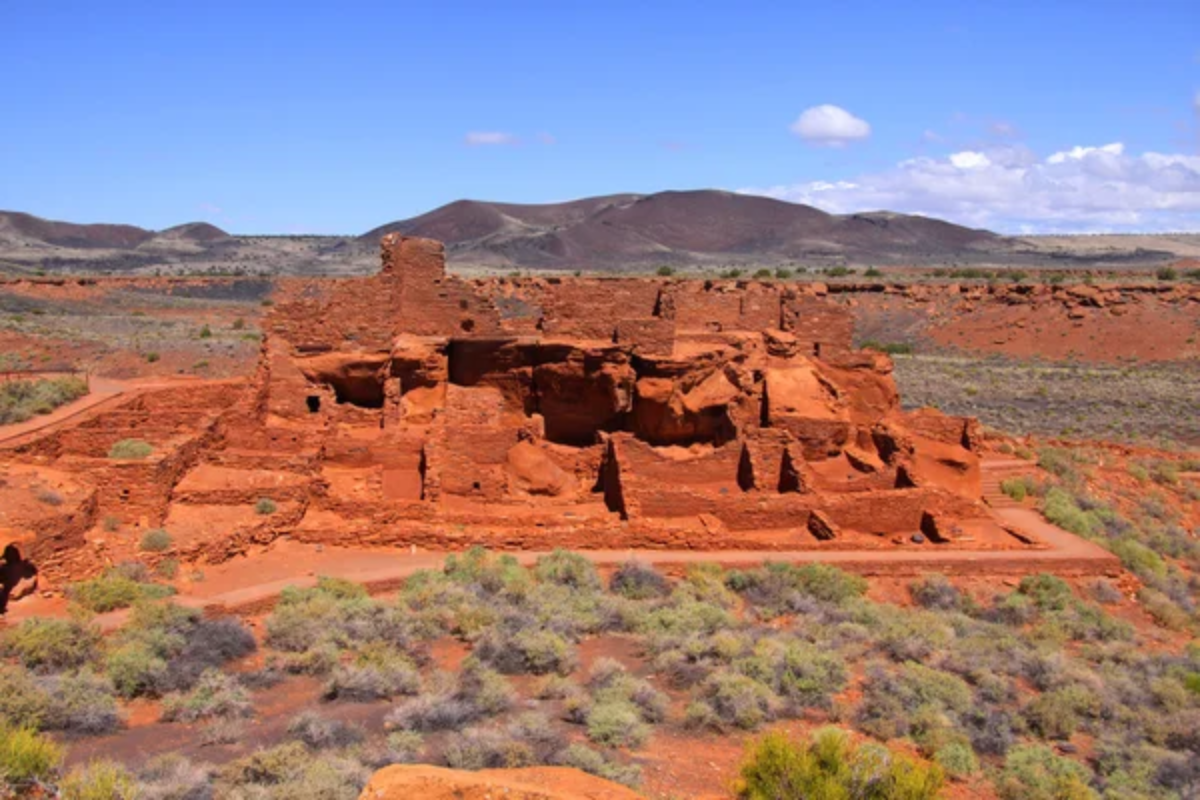
Rising from the painted desert north of Flagstaff, these remarkably preserved 900-year-old pueblo ruins stand as a testament to the ingenuity of ancient peoples. Built from thin sandstone slabs, the distinctive red-walled structures housed hundreds of residents who farmed the surrounding desert despite receiving just eight inches of annual rainfall.
The monument’s court and circular ceremonial chamber demonstrate the cultural connections between this community and distant civilizations in Central America.
Like Travel Pug’s content? Follow us on MSN.
Timeless Treasures for Today’s Travelers
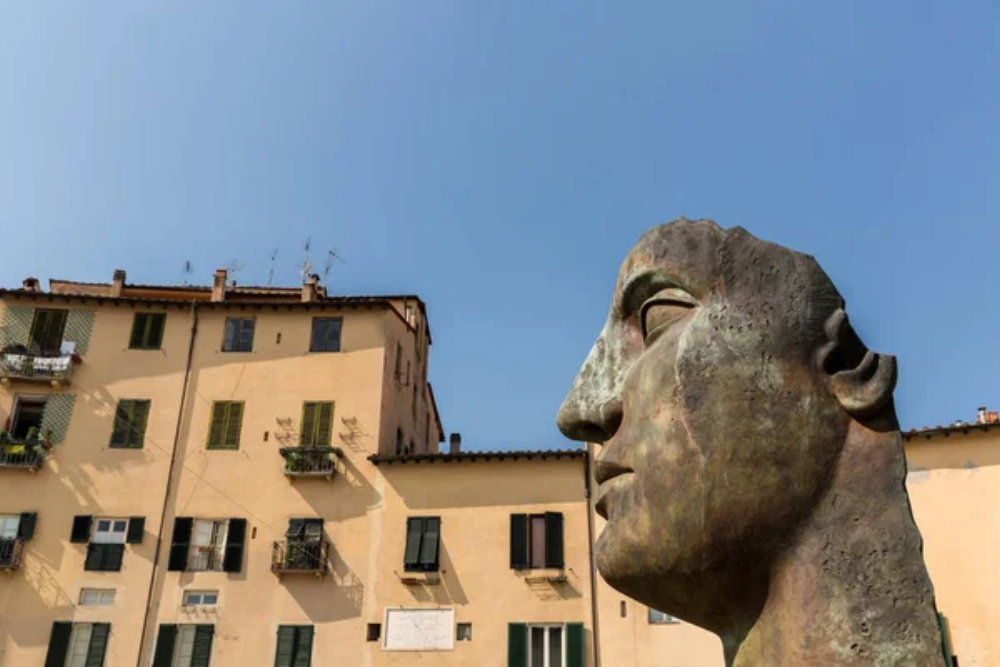
These national monuments bridge our ancient past to our understanding of America’s complex natural and cultural heritage. Each site offers unique windows into geological processes, Indigenous wisdom, or pivotal historical moments that shaped the nation.
From desert landscapes to coastal forests, prehistoric dwellings to military fortifications, these protected places remind us why conservation matters—not just for preserving what came before but for ensuring these irreplaceable treasures remain accessible for generations of road trippers yet to come.
More from Travel Pug

- Cities Growing so Fast You Won’t Recognize Them in 10 Years
- 13 Destinations Where Tourists Regularly Regret Their Trip
- 16 U.S. Cities That Are Quietly Becoming Travel Hotspots
- Where to Travel If You Love Long Bus Rides and Daydreams
- 20 Cities Perfect for Solo Travelers Who Crave Adventure & Culture
Like Travel Pug’s content? Follow us on MSN.
